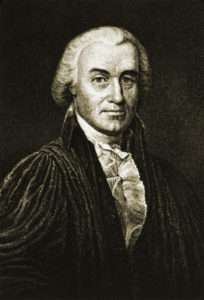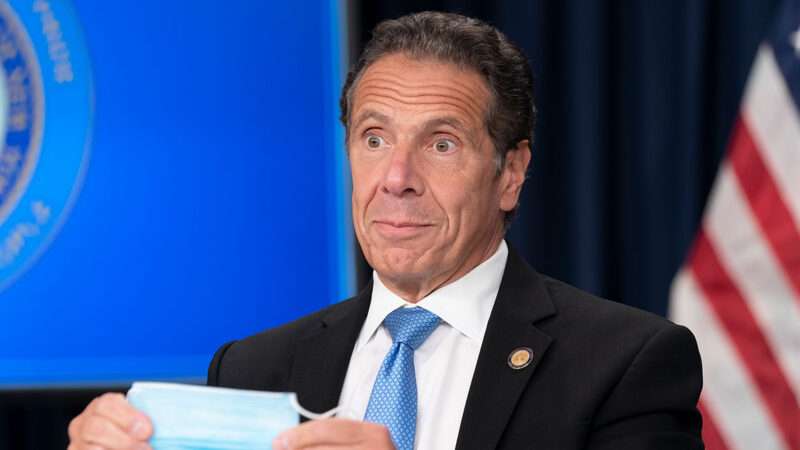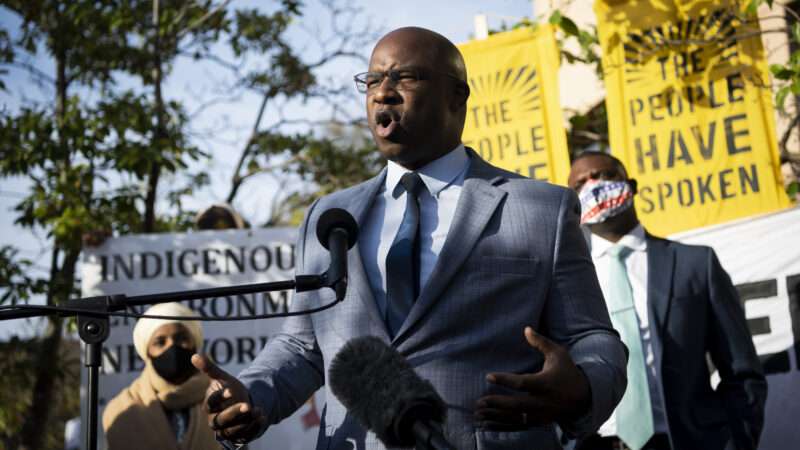A year ago, New York Gov. Andrew Cuomo was a pandemic hero. As of this writing, he is clinging to his job as calls to step down crescendo within his own party. Several women allege the Democratic governor sexually harassed them—a particularly inconvenient situation for Cuomo, considering he has publicly positioned himself as a champion for women in the #MeToo era.
The accusations deserve to be taken seriously. But they should not be considered the biggest scandal Cuomo faces. That distinction goes to his pandemic-related job performance, which resulted in so many unnecessary deaths in his state that he appears to have felt the need to obscure the record from the public.
“People value the truth,” Cuomo said in a January interview on MSNBC. “Incompetent government kills people. More people died than needed to die [of] COVID.”
Two days after that interview, New York Attorney General Letitia James revealed that the Cuomo administration had covered up the actual number of New Yorkers who died from the coronavirus as a result of Cuomo’s order requiring nursing homes to admit elderly COVID-19 patients. “COVID-19 resident deaths associated with nursing homes in New York state appear to be undercounted by [the Department of Health] by approximately 50 percent,” the report said.
According to James’ investigation, Cuomo’s administration had counted patients who contracted COVID-19 in a nursing home but died in a hospital as hospital rather than nursing home deaths. At one nursing home facility, the DOH had recorded only seven COVID-19 deaths as of August 3. But by April 18—nearly four months earlier—that same facility had reported 31 suspected COVID-19 deaths to the Office of the Attorney General.
Suddenly, Cuomo changed his tune. “Who cares?” he said during a confrontational press conference. “Died in a hospital. Died in a nursing home. They died.”
The governor doubled down in February after a top aide admitted that his administration deliberately hid the information. “We were in a position where we weren’t sure if what we were going to give to the Department of Justice, or what we give to you guys, and what we start saying, was going to be used against us, and we weren’t sure if there was going to be an investigation,” Melissa DeRosa told Dem-ocratic state legislators during a February 10 call.
Even after those remarks were leaked to the New York Post, no apology was forthcoming. “When you come up with conspiracy theories or this disinformation,” Cuomo said during a press conference, “then the worst thing you can say to somebody who lost a loved one is, ‘Maybe it didn’t have to be. Maybe there was a government issue.'”
Things got worse for the governor in March, when The New York Times revealed that Cuomo aides had deliberately altered data in an official health department report outlining the number of nursing home deaths. So much for valuing the truth.
Cuomo has said he was following federal guidance in March 2020 when he prohibited long-term care facilities from denying admission or readmission to patients who had tested positive for COVID-19, so long as they were deemed “medically stable.” But on March 29, the Society for Post-Acute and Long-Term Care Medicine urged Cuomo to retract his order. The organization cited a report in the Centers for Disease Control and Prevention’s Morbidity and Mortality Weekly Report on a devastating outbreak in a Seattle nursing home.
Cuomo refused to budge until May, when he specified that elderly COVID-19 patients needed to test negative before being admitted to nursing homes. In the intervening month, New Jersey and Pennsylvania issued their own versions of Cuomo’s order and recorded their own grizzly elder death tolls.
No American leader got it exactly right in the early days of the pandemic. Even Anthony Fauci, director of the National Institute of Allergy and Infectious Diseases, has admitted that his initial advice against general use of face masks was largely grounded not in science but in concerns about a shortage of personal protective equipment for health care workers.
Yet Cuomo not only has refused to take responsibility for the nursing home fiasco; he has continued to impose bad COVID-19 policy on his state. In December, he put New York medical providers in a vaccine double bind, forcing them to throw away expired vaccines (and face fines of up to $100,000) or give nearly expired vaccines to people who were not on the priority list (and face fines of up to $1 million).
Cuomo relaxed those rules only after hospitals began trashing doses nearing expiration to avoid the threatened million-dollar fines. And no, he didn’t apologize for that bad idea either. More than 7,000 people in New York reportedly died from COVID-19 between mid-December, when the first vaccine made its debut, and late January. Some of those lives might have been spared had the discarded doses found their way into New Yorkers’ arms.
Despite all this, many prominent people and institutions, desperate for a competent foil to then–President Donald Trump, spent the last year celebrating Cuomo as the leader America needed.
Beginning in March, CNN host Chris Cuomo, the governor’s brother, conducted softball interviews with him in which the most adversarial exchanges pertained to the family tomato sauce recipe, “ill-fitting” fashion choices, which sibling their mom likes best, and whether the governor’s nose is so colossal that it requires an extra-large cotton swab for COVID-19 testing. In October, the governor signed a contract with Random House to write American Crisis: Leadership Lessons From the COVID-19 Pandemic. The next month, Hollywood gave him the International Emmy Founders Award for his “masterful use of television to inform and calm people around the world.”
The tide seems to be turning. On February 19, Rep. Alexandria Ocasio-Cortez (D–N.Y.) said she supported “a full investigation into the Cuomo administration’s handling of nursing homes during COVID-19.” Had his allies been interested, they could have read Newark Star-Ledger columnist Paul Mulshine’s report on the nursing home fiasco, published in May 2020. But why let the truth get in the way of a feel-good story? One reason comes from Cuomo himself: because “incompetent government kills people.”

from Latest – Reason.com https://ift.tt/3eGWDdz
via IFTTT




